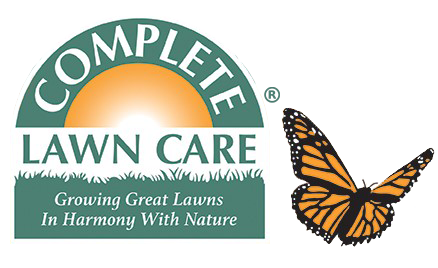Q: Why are lawns or turfgrass so important to our ecosystem in the DC metro area?
A: First, a little history: Prior to colonization what we now call turfgrass or a lawn in the DC Metro area consisted mainly of broom straw, wild rye and marsh grass. These were better more nutritional grasses that were needed for feeding livestock and as a result, non-native grass seeds and other European ground covers where imported by colonists. The term “lawn” did not really take hold in the U.S. until the mid-1800s. Also referred to as garden areas, lawns became a standard for any new home in the early 20th Century as the suburban landscape evolved.
Today, consider your lawn a portion of the Chesapeake Bay’s large filtration system. Well maintained turfgrass does much more to protect our environment than you may realize. As a ground cover, it helps cool the soil and filter rainwater runoff that passes through our creeks and streams into the water table and the Bay. The filtration process actually helps clean the water that eventually makes its way to your home through a well or water treatment facility.
Turfgrass as a ground cover is also the key to erosion prevention. While dramatically reducing the loss of topsoil and lessoning the impact of siltation into our waterways, turfgrass has emerged as an important component in the green revolution of the suburban environment.
Finally, a dense well maintained turf cools the atmosphere and the resulting effect is a dramatic and noticeable cooling in areas with dense turf. Your lawn is referred to as part of the “green space” within the urban/suburban areas in and around Washington DC and the Metro area. The term “heat island affect” is the result of lesser green space and more buildings, roadways and parking lots. As a result, on a hot day in Bethesda it is often 10 degrees warmer than in Clarksburg or Olney.
Q: Can we live comfortably without pesticides?
The term “Pesticide” may be misunderstood by the majority of us. To better understand the meaning, consider a Pesticide a tool that is used to control pests, just like a mechanic uses tools to repair your car.
The more common pest controls used in our landscapes include herbicides for weeds, insecticides for insects, and fungicides for fungus and rodenticides for rodents. These types of pest controls range from chemical based inorganic compounds to organic based botanical controls. The latter is going through a rapid development phase as the industry and populace recognize the need to become more aware of the impact on our environment.
Each of the pest controls mentioned above are available to the homeowner at most big box or hardware stores. While effective if used properly and per instructions provided, awareness and an understanding of the target pest, its life-cycle, habitat and your tolerance level is crucial. As more and more of us become better environmental stewards we recognize the impact of misuse or overuse of pest controls.
The U.S. Environmental Protection Agency (U.S.EPA) and the Maryland Department of Agriculture (MDA) regulate and enforce the manufacture, sale and use of all pesticides.
Finding a licensed professional with expertise in specific controls and an understanding of the big picture to take care any problems that arise for you is the best option. A firm that practices IPM (Integrated Pest Management) procedures and follows nutrient management laws will help you care for the lawn and landscape around your home and neighborhood and create a nice place to live while protecting our families, pets and the environment.
A: No. We cannot live comfortably without pesticides. However, through Integrated Pest Management (IPM) and common sense we can use pesticides safely and effectively on our lawns and in our landscapes.
